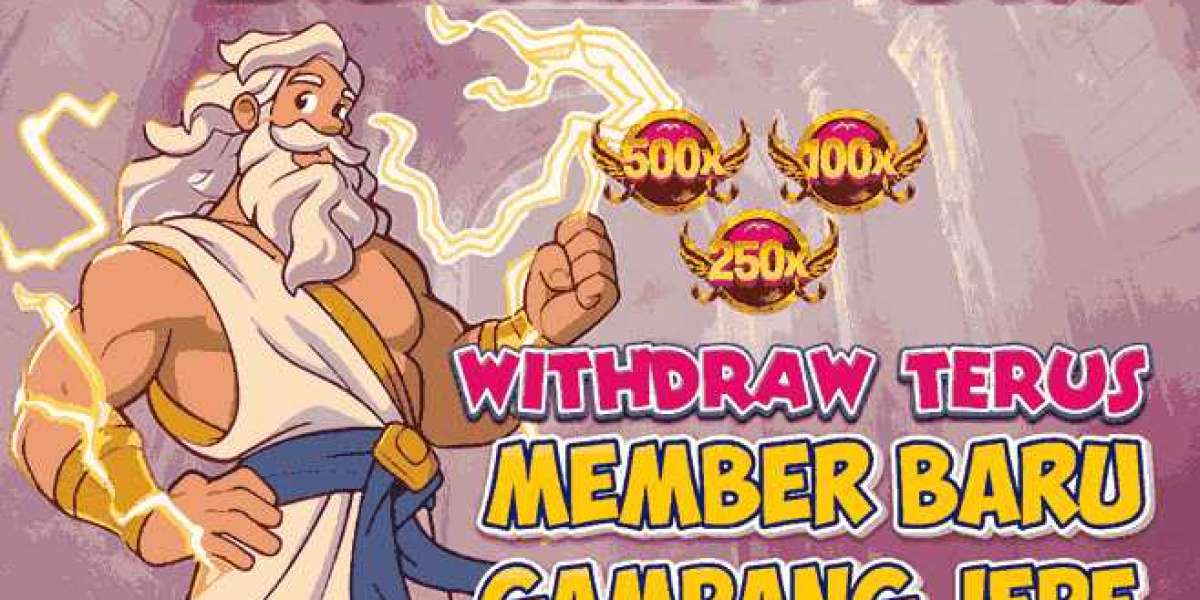The Panchmukhi Hanuman Ji idol is one of the most revered and powerful symbols in Hinduism. Representing Lord Hanuman in his five-faced form, this idol is a profound embodiment of strength, protection, devotion, and wisdom. Worshippers believe that having a Panchmukhi Hanuman idol brings divine protection and spiritual benefits, making it a central figure in homes, temples, and places of worship.
The Mythological Background of Panchmukhi Hanuman
The origin of the Panchmukhi Hanuman form is deeply rooted in Hindu mythology, specifically in the epic Ramayana. During the battle between Lord Rama and the demon king Ravana, Ravana’s brother, Ahiravana, kidnapped Lord Rama and Lakshmana and took them to the underworld. Ahiravana, a powerful sorcerer, planned to sacrifice them to the goddess of the underworld.
Hanuman, the devoted servant of Lord Rama, set out to rescue them. However, to defeat Ahiravana, Hanuman had to extinguish five lamps placed in different directions simultaneously, each representing Ahiravana’s life force. To accomplish this, Hanuman assumed the form of Panchmukhi Hanuman, manifesting five faces in different directions. In this form, he was able to extinguish all the lamps at once, defeat Ahiravana, and rescue Lord Rama and Lakshmana.
The five faces of Panchmukhi Hanuman are not only a testament to his divine power but also symbolize various virtues and divine aspects associated with different deities.
The Five Faces of Panchmukhi Hanuman
Each face of Panchmukhi Hanuman represents a different deity and carries unique symbolism:
Hanuman (East-facing): The central and most prominent face is that of Hanuman himself. It symbolizes his unwavering devotion, courage, and loyalty to Lord Rama. This face represents the power to remove obstacles and overcome challenges through devotion and strength.
Narasimha (South-facing): The face of Narasimha, the lion-headed avatar of Lord Vishnu, symbolizes protection and the destruction of evil. This fierce face represents Hanuman’s ability to protect his devotees from harm and vanquish negative forces.
Garuda (West-facing): The face of Garuda, the eagle, symbolizes speed, agility, and the power to counteract poison. Garuda is known as the vehicle of Lord Vishnu and is a powerful symbol of overcoming obstacles with swift action and determination.
Varaha (North-facing): The face of Varaha, the boar-headed avatar of Lord Vishnu, represents the power to rescue and uplift. Varaha rescued the Earth from sinking into the cosmic ocean, symbolizing the ability to restore balance and righteousness in the world.
Hayagriva (Upward-facing): The face of Hayagriva, the horse-headed avatar of Lord Vishnu, symbolizes knowledge, wisdom, and the destruction of ignorance. Hayagriva is revered as the deity of knowledge and learning, and this face represents the pursuit of wisdom and spiritual enlightenment.
Symbolism and Significance of the Panchmukhi Hanuman Idol
The Panchmukhi Hanuman idol is not merely a religious artifact; it is a powerful symbol of multifaceted divine protection and guidance. Each face of the idol offers protection from different directions and represents various aspects of life and spirituality.
Protection: The five faces of Hanuman provide comprehensive protection from all directions. Worshippers believe that placing a Panchmukhi Hanuman idol in their homes or places of work wards off negative energies, evil spirits, and ill fortune. The idol is often placed facing the entrance of a home to ensure that all who enter are protected by Hanuman’s divine power.
Strength and Courage: Hanuman is the epitome of strength, courage, and unwavering devotion. The idol serves as a reminder of these qualities, inspiring worshippers to cultivate the same virtues in their lives. In times of difficulty, devotees turn to Panchmukhi Hanuman for the strength to overcome challenges and the courage to face adversities.
Spiritual Growth: The upward-facing Hayagriva face represents knowledge and wisdom, making the Panchmukhi Hanuman idol a symbol of intellectual and spiritual growth. Devotees seek the blessings of Hanuman for success in education, learning, and spiritual pursuits. The idol encourages the pursuit of knowledge and the removal of ignorance through wisdom.
Balance and Harmony: The Panchmukhi Hanuman idol embodies the concept of balance in life. Each face represents a different aspect of existence, from protection and strength to wisdom and devotion. Worshipping the idol helps devotees maintain a balanced approach to life, ensuring that all aspects of their spiritual and material existence are in harmony.
Worship and Rituals Associated with Panchmukhi Hanuman Idol
The worship of Panchmukhi Hanuman Ji is an integral part of Hindu spiritual practice. Devotees often incorporate the idol into their daily rituals, seeking Hanuman’s blessings for protection, success, and spiritual growth.
Placement of the Idol: The placement of the Panchmukhi Hanuman idol is considered important for maximizing its protective and spiritual benefits. It is generally advised to place the idol facing east, as the east-facing Hanuman is believed to bring new beginnings and dispel darkness. The idol can be placed in the prayer room, living room, or near the entrance of the home.
Daily Worship: Devotees often perform daily worship of the Panchmukhi Hanuman idol, which includes lighting a lamp, offering flowers, and chanting mantras. The Hanuman Chalisa, a devotional hymn dedicated to Hanuman, is commonly recited during worship. The mantra “Om Panchmukhi Hanumate Namah” is also chanted to invoke the blessings of Panchmukhi Hanuman.
Special Days of Worship: Tuesdays and Saturdays are considered particularly auspicious for worshipping Hanuman. On these days, devotees perform special rituals, including abhishekam (anointing the idol with sacred substances such as water, milk, and honey) and offering prasadam (sacred food offerings).
Festivals: Hanuman Jayanti, the birth anniversary of Hanuman, is a major festival during which the Panchmukhi Hanuman idol is worshipped with great devotion. Special prayers, offerings, and rituals are conducted in homes and temples to honor Hanuman’s divine presence.
Cultural and Artistic Depictions of Panchmukhi Hanuman Idol
The Panchmukhi Hanuman idol is not only a religious symbol but also a significant work of art in Hindu culture. The depiction of Hanuman in his five-faced form varies across regions, but the core symbolism remains consistent.
Materials and Craftsmanship: Panchmukhi Hanuman idols are made from a variety of materials, including stone, brass, bronze, wood, and clay. The craftsmanship involved in creating these idols is often intricate, with detailed carvings that emphasize the divine features of each face. The artistic representation of the idol reflects the cultural and spiritual values associated with Hanuman worship.
Regional Variations: In South India, where Panchmukhi Hanuman is particularly revered, idols are often more elaborate and feature detailed iconography. In contrast, North Indian depictions might emphasize the simplicity and humility of Hanuman, focusing on his role as a devoted servant of Lord Rama. Despite these variations, the essential symbolism of the idol remains universal.
Temple Idols vs. Home Idols: Larger, more elaborate Panchmukhi Hanuman idols are typically installed in temples, where they are the focal point of worship. Smaller idols are more common in homes, where they are used for personal devotion. Regardless of size, the Panchmukhi Hanuman idol is treated with the utmost reverence and care by devotees.
Conclusion
The Panchmukhi Hanuman Ji idol is a powerful symbol of divine protection, strength, and wisdom. Through its five faces, the idol embodies the multifaceted nature of Hanuman’s divine powers, offering devotees comprehensive spiritual and material protection. Worshippers of Panchmukhi Hanuman seek his blessings for courage, success, spiritual growth, and the removal of obstacles in life.
Whether placed in a temple or a home, the Panchmukhi Hanuman idol serves as a constant reminder of the virtues of devotion, loyalty, and strength. It inspires devotees to cultivate these qualities in their lives, ensuring that they remain on the path of righteousness and spiritual fulfillment. Through the worship of Panchmukhi Hanuman, devotees connect with the divine, drawing strength and protection from one of Hinduism’s most beloved deities.








